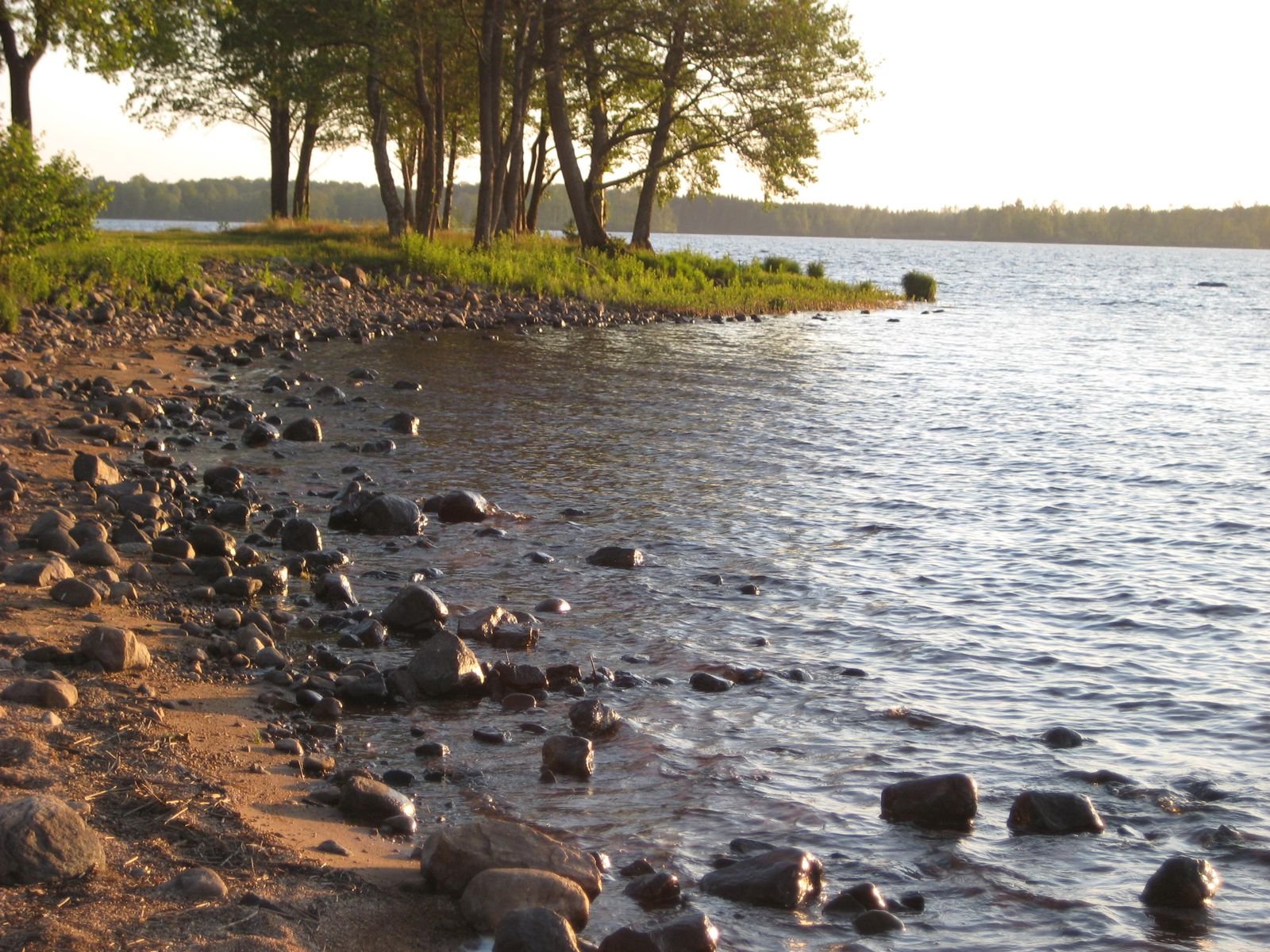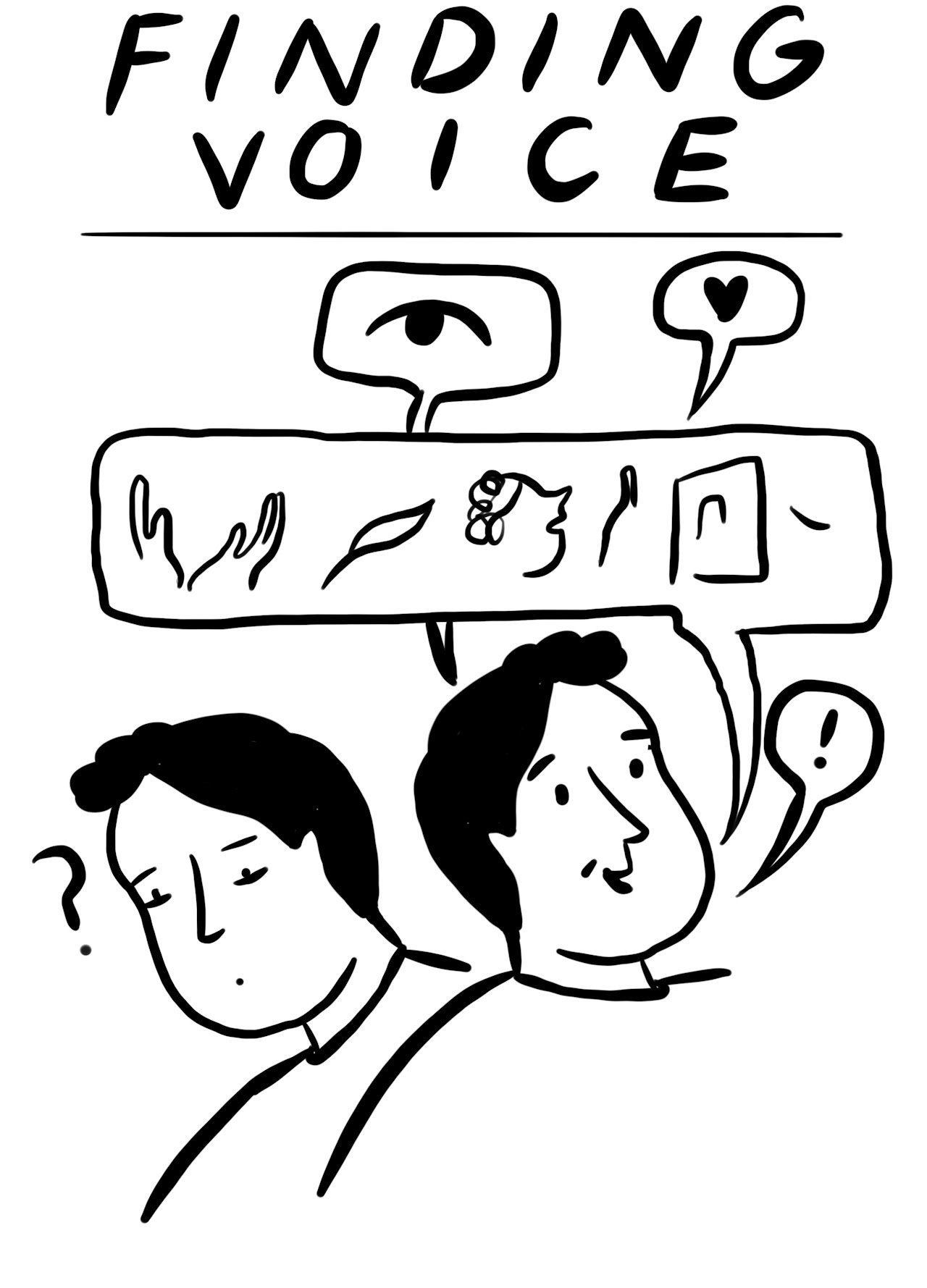
Flourishing model - Louise Younie
Artist @Camilleaubrymakes
5 point model of flourishing created by Louise Younie
Ecological
Our inner life has seasons, is affected by the soil we grow on, the weather that is coming our way
Relationship
Wellbeing of 'what is' rather than do better (run, eat, sleep)... This is when we build trust and can share challenges e.g. our sense of uncertainty or imposter syndrome...we haven't changed the external situation but we are re-humanised through sharing and realising we are not alone.
Shared meaning making
Drawing on Aristotle's eudaimonia, (purpose, growth, meaning), creating rich meaning making spaces whether in the learning space (student-doctor, or student-patient) or the clinical space (doctor-patient).
Compassion
Compassion for the other and self-compassion are necessarily linked. Kindness is needed for our own humanity and inevitable flaws as well as those of others.
Shadow work
Drawing on Jungian thinking, Shadow work is choosing to engage with and be present to ourselves and others in what we face that may be uncomfortable or difficult.

CrEative Enquiry
Creative Enquiry is the exploring of lived experience through the arts. Louise has been engaging medical students and beyond in the processes of creative enquiry through visual art, music, dance, poetry, sculpture etc over 20 years and has found no better way for exploring the human dimension of healthcare, whether of patient or future clinician. Examples of creative enquiry texts are found on the Artwork page, and more details on creative enquiry courses can be found under projects. Publications section links to papers we have written in the field.
The following images were commissioned by @StudioJoJo and capture five of the core processes that are enabled through creative enquiry.
YOUNIE, L. 2021. What does creative enquiry have to contribute to flourishing in medical education? In: MURRAY, E. & BROWN, J. (eds.) The mental health and wellbeing of healthcare practitioners: research and practice. Wiley-Blackwell.
YOUNIE, L. & SWINGLEHURST, D. 2020. Creative enquiry and the clinical encounter. Br J Gen Pract, 70, 26-27.
Through creative expression we engage with our unique ways of seeing and making sense of situations.
Meaning making

The imaginative work of creative enquiry can also invite us to look through different lenses, gaining new vistas and perspectives by writing, painting and exploring from other viewing points.
New vistas
Finding voice
The arts allow us to engage with the unsayable and indescribable. Through their different affordances they can be a catalyst to tease out the ineffable, emotional and intuitive dimensions of practice and experiencing.

The arts enable us to inspect our own ideas, explore our own interior landscape at times surprising us by what emerges.
Interior landscape
Bridge
Through metaphor, image, colour, rhythm and silence we evoke and engage others in our creative experiencing. Collaborative creative expression can nurture dialogue, meaning making and the sharing of our inner lives.

kEy ConcePts For EduCators
-
Exploring lived experience through the arts. This may involve poetry, drama, photography, painting or any art form coupled with reflection. Creative enquiry allows for imaginative engagement with one’s own experience as well as trying out someone else’s shoes.
-
The precious silence that descends over a group exploring thoughts and experiences through creative expression… words, paints, clay, material, feathers…
Csikszentmihalyi, M. 1990. Flow: The Psychology of Optimal Experience. New York: Harper and Row.
-
Engaging with not just the patients stories, experiences and meaning making but also the stories and experiences of the health professionals as they seek to care for people at the sharp end of suffering.
-
Facilitation of transformative creative enquiry learning spaces requires both strength and vulnerability, sharing and silence, engagement and the creation of space for others to engage. Honesty, openess and vulnerability in the facilitator (clinician) sets the tone for group dialogue and sharing.
Younie L. Vulnerable leadership. London J Prim Care (Abingdon). 2016;8(3):37-8.
-
Creating, holding and protecting transformational spaces for others and ourselves is an art. The facilitator is an artist of the invisible realm of transformational space (Seeley, 2011).
Seeley, C. 2011. "Uncharted territory: Imagining a stronger relationship between the arts and action research." Action Research 9 (1):83-99.
-
Described by Keats as ‘capable of being in uncertainties, mysteries, doubts…’ (Keats 1817)
Keats, J. 1817. "John Keats' Negative Capability." BBC, accessed 9/9/10. https://www.bl.uk/romantics-and-victorians/articles/john-keats-and-negative-capability.
-
Transformative learning involves the reflective transformation of beliefs, attitudes, opinions, and emotional reactions arising from our meaning schemes (Imel, 1998). Creative enquiry has the potential to enhance transformative learning through invitation of mulitple perspectives and viewing points, engagement with other languages of expression, metaphor and symbolism, as well as allowing affective and cognitive processing.
Imel, S. 1998. "Transformative learning in adulthood." accessed 7/5/10. http://www.ericdigests.org/1999-2/adulthood.htm.
-
Participatory engagement can relate to the educator, listening and improvising within the constraints and possibilities of their work environment as to where the introduction of creative enquiry may be fruitful. Participatory engagement can also relate to learners listening and improvising within their creative enquiry experience and be likened to the parallel process of the clinician practitioner listening to their patients and responding to what is emerging.
'The technician’s solution lies outside of the situation and can usually be found in a book or journal, whereas the practitioner’s solution lies in the situation itself' (Rolfe, 2003)
Rolfe G. Practice Development is Practitioner Development. 6th Annual Practice Development ConferenceEarth Centre; Doncaster 2003.
-
Whilst acquiring the knowledge needed to diagnose and treat disease might be an intellectual pursuit, development of an interpersonal and practice-based understanding is a more personal, embodied and applied endeavour. Learning within this realm may take the form of engagement with intersubjectivity, narrative humility, reflexivity, developing one’s voice and use of space and silence. ‘Practitioner development’ draws on Schon’s writing about the reflective practitioner being in dialogue with the situation (Schön 1987, p13) and Fish’s ‘practitioner researcher’, professionals who recognise the need for themselves as practitioners to understand their own practice and consider it critically (Fish 1998).
Fish, D. 1998. Appreciating Practice in the Caring Professions; Refocusing Professional Development & Practitioner Research. Oxford: Butterworth-Heinemann.
Schön, D.A. 1987. Educating the reflective practitioner: toward a new design for teaching and learning in the professions. San Francisco, CA: Jossey-Bass

PraCticeS That GuiDe Us
Some of our core practices include:
Storyholding – listening to others without rushing, fixing or judging
Creative enquiry – using the arts to explore lived experience
Enable voice – value lived experience as knowledge
Reverse mentoring – honouring the insight of those who’ve encountered structural barriers
Reflexive pause – surfacing hidden assumptions and creating space for re-seeing
Making the invisible visible – attending to what gets ignored or erased
"We believe systemic change begins with small, intentional acts of care, presence, and connection."








